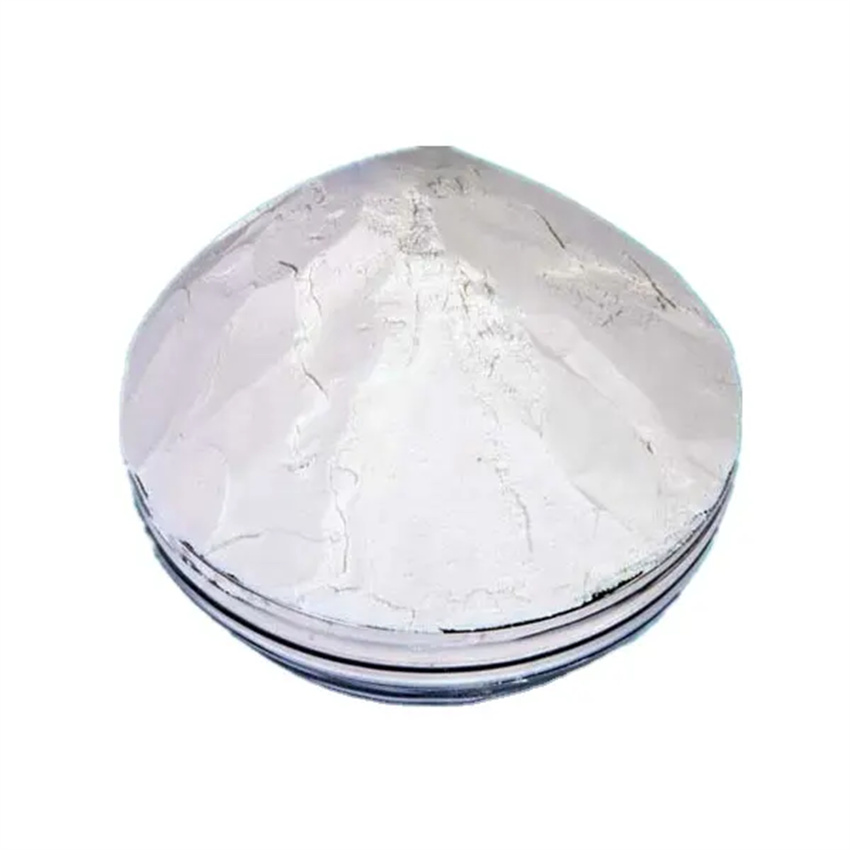
Privacy statement: Your privacy is very important to Us. Our company promises not to disclose your personal information to any external company with out your explicit permission.
The difference between single crystal silicon and polycrystalline silicon is that when the molten elemental silicon solidifies, the silicon atoms are arranged in a diamond crystal lattice into a plurality of crystal nuclei, and if these crystal nuclei grow into crystal grains having the same crystal plane orientation, single crystal silicon is formed. If these nuclei grow into crystal grains having different crystal plane orientations, polycrystalline silicon is formed.
The difference between polysilicon and single crystal silicon is mainly manifested in physical properties. For example, in terms of mechanical properties, electrical properties, etc., polysilicon is not as good as single crystal silicon. Polycrystalline silicon can be used as a raw material for drawing single crystal silicon.
Monocrystalline silicon is considered to be the purest substance in the world. General semiconductor devices require silicon purity of more than six. The requirements for large-scale integrated circuits are higher, and the purity of silicon must reach nine nines. At present, it has been possible to produce single crystal silicon with a purity of twelve nines. Monocrystalline silicon is an indispensable basic material in modern science and technology such as electronic computers and automatic control systems.
High-purity silicon is extracted in quartz. Taking single crystal silicon as an example, the refining process is carried out through the following processes: quartz sand-metallurgical grade silicon purification and refining, deposition of polycrystalline silicon ingot, single crystal silicon-silicon wafer cutting.
The refining of metallurgical grade silicon is not difficult. Its preparation is mainly made of carbon reduction quartz sand in an electric arc furnace. The purity of the silicon thus reduced is about 98-99%, but the semiconductor industry silicon must also be highly purified (11 grades for electronic grade polysilicon purity and 6 9 for solar cell grades). In the purification process, there is a key technology of “trichlorosilane reduction method (Siemens method)” that China has not yet mastered. Because of this technology, more than 70% of the polysilicon in China's refining process has been discharged through chlorine. Not only is the cost of refining high, but environmental pollution is very serious. Every year, China extracts a large amount of industrial silicon from quartz stone and exports it to Germany, the United States and Japan at a price of US$1/kg. These countries process industrial silicon into high-purity crystalline silicon material for US$46-80. The price of /kg is sold to solar energy companies in China.
After obtaining high-purity polycrystalline silicon, it is also smelted into single crystal silicon in a single crystal furnace, and then sliced and used for integrated circuit manufacturing and the like.
What is monocrystalline silicon?
It can be used in the production and deep processing of diode-level, rectifier device-level, circuit-level and solar cell-level single crystal products. Its subsequent product integrated circuits and semiconductor separation devices have been widely used in various fields, and also occupy an important position in military electronic equipment. .
In today's rapid development of photovoltaic technology and micro-semiconductor inverter technology, solar cells produced by silicon single crystal can directly convert solar energy into light energy, realizing the beginning of the green energy revolution. The Beijing 2008 Olympic Games will show the "Green Olympics" as an important show to the world, and the use of monocrystalline silicon will be a very important part. At present, foreign solar photovoltaic power plants have reached the stage of theoretical maturity, and are transitioning to the practical application stage. The utilization of solar silicon single crystals will be universally spread to the world, and the market demand is self-evident. Hebei Ningjin Monocrystalline Silicon Industrial Park responds to this international trend and provides the world with monocrystalline silicon products with excellent performance and complete specifications.
Monocrystalline silicon products include φ3”----φ6” single crystal silicon round rods, sheets and square rods and sheets, which are suitable for the production of various semiconductor and electronic products. The quality of the products has passed the most advanced detection in the world. The instrument is tested to reach the world's advanced level.
Anticorrosion Pigments, Inkjet Receptive Coating, Matting Agent
November 05, 2024
February 02, 2024
February 02, 2024
Mail an Lieferanten
November 05, 2024
February 02, 2024
February 02, 2024

Privacy statement: Your privacy is very important to Us. Our company promises not to disclose your personal information to any external company with out your explicit permission.

Fill in more information so that we can get in touch with you faster
Privacy statement: Your privacy is very important to Us. Our company promises not to disclose your personal information to any external company with out your explicit permission.